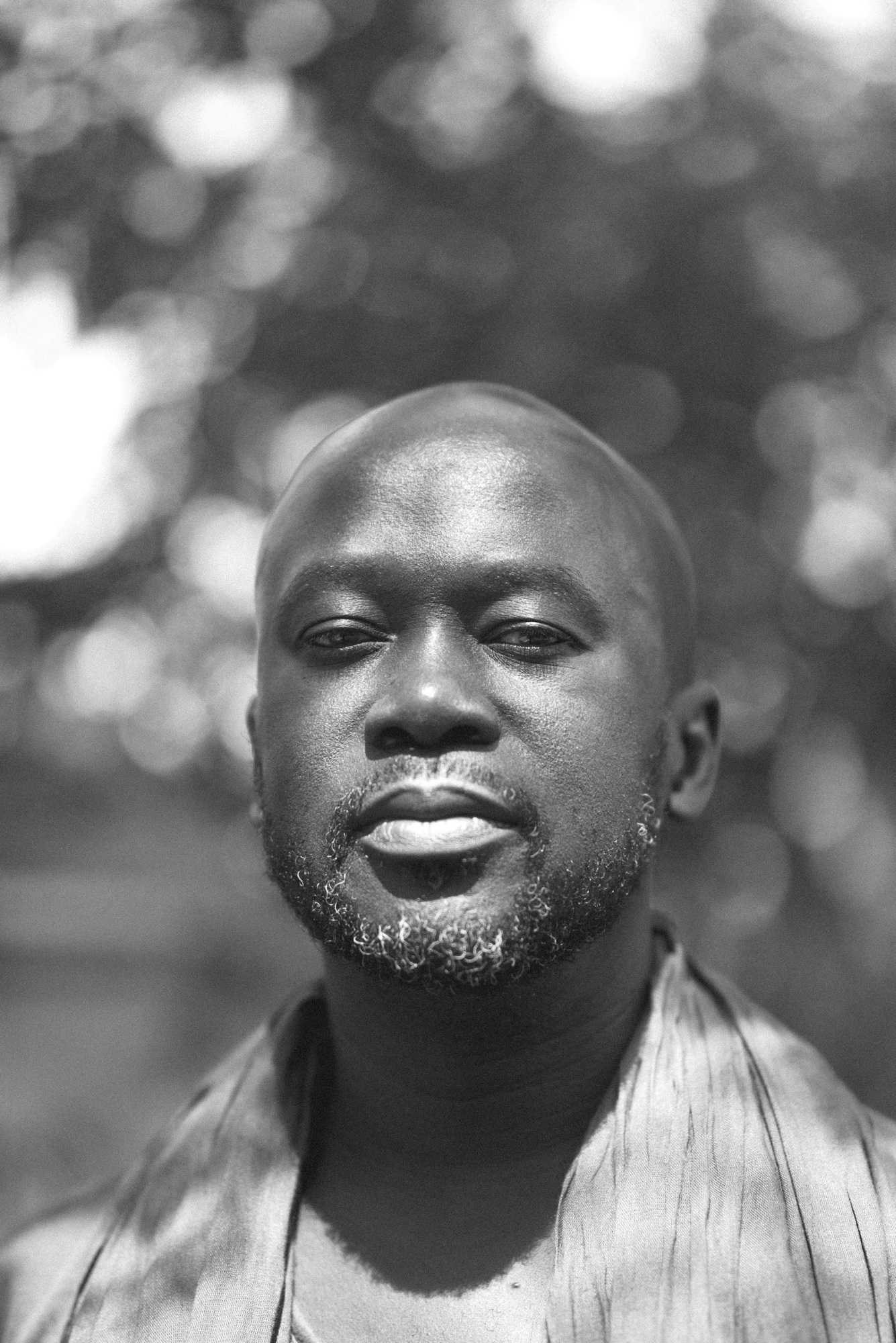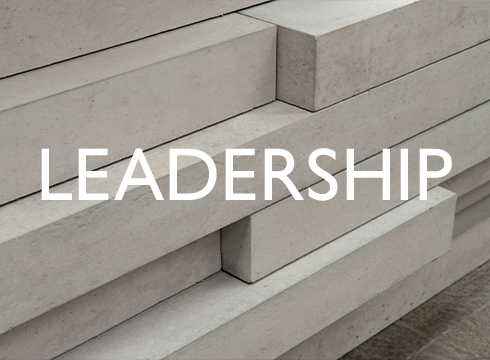
Sir David Adjaye OM OBE
Founder and Principal

Sir David Adjaye OM OBE is an award winning Ghanaian-British architect known to infuse his artistic sensibilities and ethos for community-driven projects. His ingenious use of materials, bespoke designs and visionary sensibilities have set him apart as one of the leading architects of his generation. In 2000, David founded his own practice, Adjaye Associates, which today operates globally, with studios in Accra, London, and New York taking on projects that span the globe. The firm’s work ranges from private houses, bespoke furniture collections, product design, exhibitions, and temporary pavilions to major arts centers, civic buildings, and master plans. His largest project to date, the Smithsonian National Museum of African American History & Culture in Washington, DC opened on the National Mall in Washington DC in 2016 and was named Cultural Event of the Year by The New York Times.
In 2017, Adjaye was knighted by Queen Elizabeth II and was recognized as one of the 100 most influential people of the year by TIME Magazine. Adjaye is also a recipient of the 2021 RIBA Royal Gold Medal, considered one of the highest honors in British architecture for significant contributions to the field internationally. In 2022, Adjaye was appointed to the Order of Merit, selected by Her Majesty the Queen, in recognition of distinguished service in his field. He is also the recipient of the World Economic Forum’s 27th Annual Crystal Award, which recognizes his “leadership in serving communities, cities and the environment”. Adjaye is on the Board of Patrons for the African Futures Institute, Accra.
As a young boy born in 1966 in Dar es Salaam, Tanzania, Adjaye’s childhood saw stability in movement as his father Affram was a diplomat whose work took the family all over the world to places such as Kampala, Nairobi, Cairo, Beirut, Accra, and Jeddah. Adjaye was born into a vibrant era of hope where just previously Kwame Nkrumah had won the country independence from the British in 1957 and the spirit of emancipation was one that influenced the family’s mobilities. In his early adulthood, one of the many prolific projects that evolved out of David’s travels is the ‘Adjaye Africa Architecture: A Photographic Survey of Metropolitan Architecture’. The project took place over a ten year period documenting fifty-four major African cities and showcasing a concise urban history, fact file, maps and satellite imagery that come together in a rigorous analysis and reconceptualization of what African architecture is and can truly be.
A formative moment in Adjaye’s childhood was when he realized the inequities that his brother Emmanuel – who was partially paralyzed — faced when visiting his specialized school. Adjaye noted how inefficient, run-down and degrading the actual facility was. During his university education at South Bank he began to think about designing a facility that would provide better care for the handicapped, a moment he describes as changing everything. He came to the understanding that architecture should serve people and as a prevalent force within all our lives it too should take to the realm of egalitarianism.
Before going to graduate school, Adjaye spent a few months working in studios in London and later left for Portugal where he met and studied with the prolific Eduardo Souto de Moura. At the time, Portugal had yet to be fully integrated into the EU and still held with it an artisanal charm that had craftsmanship and self-sufficiency akin to one another in a collective enchantment. It was here that Adjaye fed his creative drive of architecture with Eduardo guiding and exposing him to the essence of materials as it pertained to time, touch and value.
He continued this creative strand in his travels to Japan where he found the works of Toyo Ito, Tadao Ando, Kenzo Tange and Yoshio Taniguchi as well as Japanese Buddhism courses at the University of Kyoto where he lived which allowed him to further explore thinking and considerations of architecture outside of the European canon.
Adjaye then returned to London to establish his practice. His firm’s early work largely involved private commissions for the design of artist studios and residences and quickly evolved into civic commissions beginning with the Ideas Stores, two public libraries in London. The Ideas Stores, which became precedents for redefining the role of the library in fostering social interactions, led to larger scale civic and cultural work such as Adjaye’s first project in the US, the Museum of Contemporary Art Denver which was completed in 2007. Nearly a year after its opening, Adjaye was commissioned to design the Smithsonian National Museum of African American History and Culture. Today the portfolio continues to evolve with major cultural and civic projects.
Ultimately, for Adjaye, architecture is “a social act” — it’s about constructing buildings that acknowledge and understand their histories, whilst creating something entirely new, in order to serve communities into their futures.
Read More


